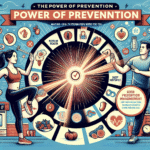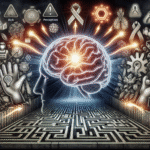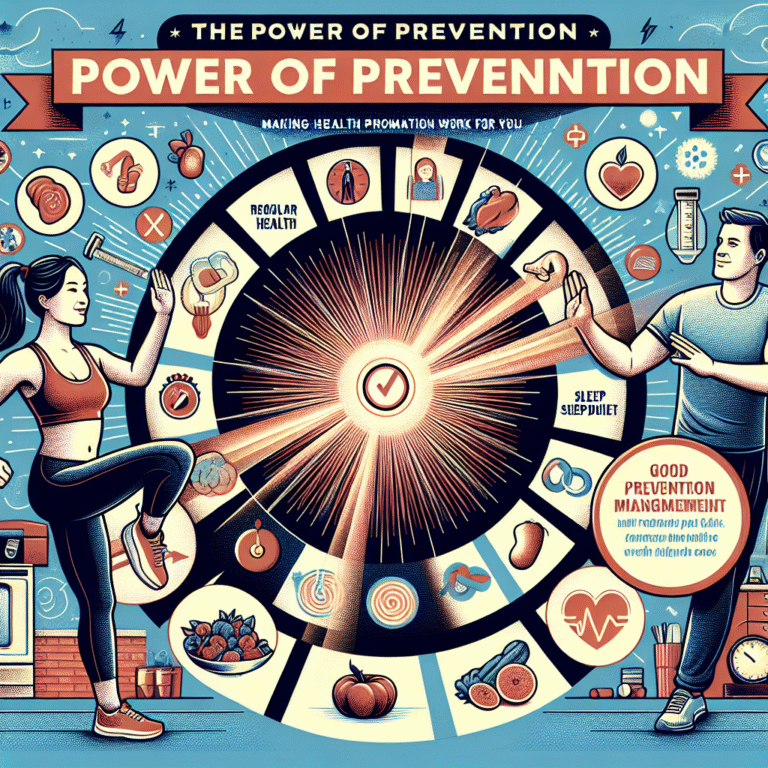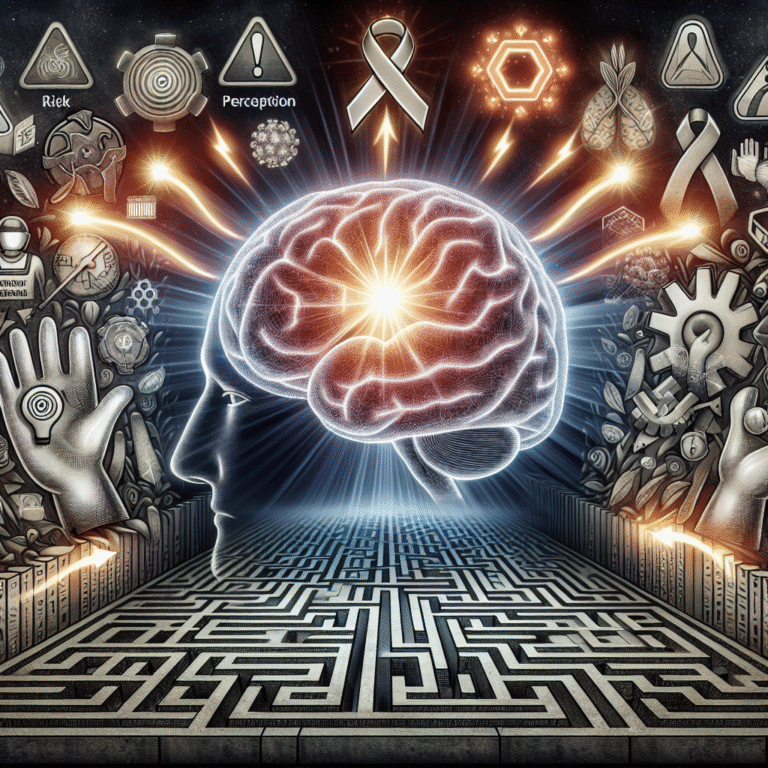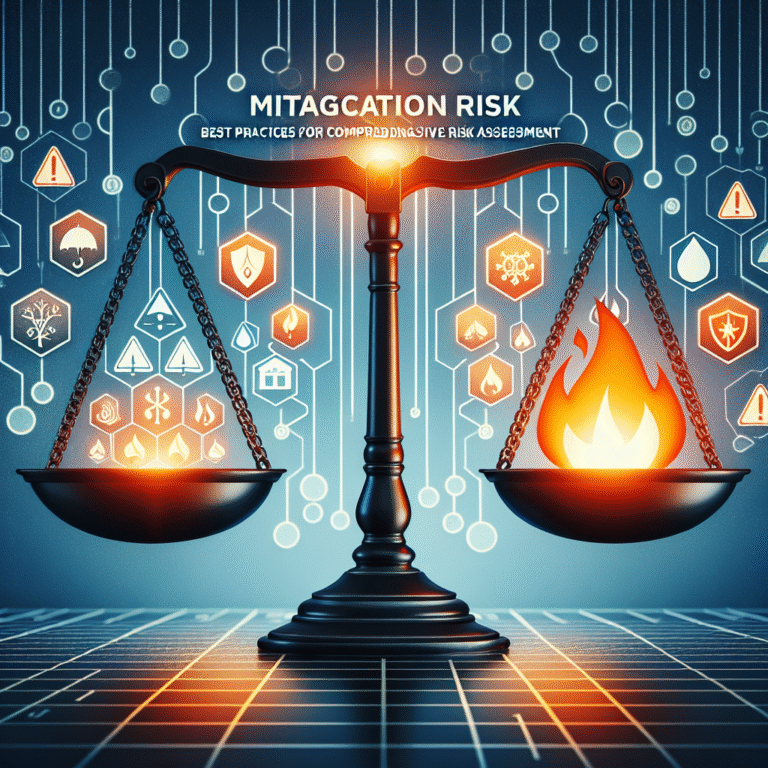
Introduction
Imagine witnessing a crime unfold right before your eyes. Your heart races, adrenaline spikes, and your mind is working overtime to process every detail. Later, when you’re asked about the event, do you feel confident in your recollections? This scenario is at the center of a critical intersection between psychology and law: eyewitness testimony. This topic is crucial not only to the justice system but also to our understanding of how memory functions.
In this article, we delve into “The Anatomy of Memory: Insights into Eyewitness Testimony Analysis,” exploring how human memory works, the factors that influence eyewitness accounts, and the implications of these insights on the judicial process. Eyewitness testimony can substantially influence the outcome of trials, yet numerous studies show that memory is far more fallible than people often believe. Join us on this enlightening journey that promises to shape your perception of memory and its vital role in the realms of justice and beyond.
Understanding Memory: The Building Blocks
The Stages of Memory Formation
Memory isn’t a singular entity; it’s a complex interplay of processes that occur in three distinct stages:
Encoding: This is when information is first perceived, undergoing transformation into a format that the brain can store. Factors such as attention and emotional state impact how effectively encoding occurs.
Storage: Once information is encoded, it needs to be stored for future retrieval. Here, memories are consolidated—sometimes strengthened through their repetitive recall or weakened when they are not revisited.
- Retrieval: This stage involves accessing stored information. External cues and contextual details can significantly affect how retrieval occurs. Depending on the context, eyewitnesses may reconstruct their memories inaccurately.
Case Study: The Reliability of Memory
To illustrate the fragility of memory, let’s consider the case of Ronald Cotton, wrongfully accused of rape based on eyewitness identification. The victim confidently identified Cotton in a lineup, relying on her memory of the event. However, years later, DNA evidence exonerated him. This case serves as a pivotal example in “The Anatomy of Memory: Insights into Eyewitness Testimony Analysis,” showing how even the most certain memories can be erroneous.
Factors Influencing Eyewitness Testimony
Stress and Emotion
Stress can have a profound impact on memory formation. High-stakes situations may lead people to focus on certain details while obscuring others, leading to incomplete or flawed recollections.
Table 1: Effects of Stress on Memory
| Stress Level | Memory Recall Quality |
|---|---|
| Low | High |
| Moderate | Moderate |
| High | Low |
The Misinformation Effect
False information encountered after an event can alter memories. This phenomenon can be particularly detrimental in legal contexts, where eyewitnesses may be exposed to information that leads them to recollect events inaccurately.
Case Study: The Loftus Experiment
Psychologist Elizabeth Loftus conducted experiments demonstrating the misinformation effect. Participants who were misled about details after watching a video of an accident were more likely to recall those false details later. This aligns with “The Anatomy of Memory: Insights into Eyewitness Testimony Analysis,” as it emphasizes how post-event information can corrupt the accuracy of eyewitness accounts.
Memory Reconstruction
The Role of Suggestibility
Human memory is not like a video recording; it is reconstructive. During retrieval, various suggestions can distort memories. The suggestibility of witnesses can be significantly influenced by leading questions or confirmatory feedback.
Case Study: The McMartin Preschool Case
One of the most infamous cases of suggestive memory involved accusations against the McMartin Preschool. The suggestibility of the children involved delivered testimonies laced with fabricated details, raising serious questions about the reliability of young eyewitness accounts. This continues to be a cornerstone in “The Anatomy of Memory: Insights into Eyewitness Testimony Analysis,” underscoring how exposure to suggestion can lead to profound misattributions.
The Importance of Best Practices in Eyewitness Identification
Lineup Procedures
To mitigate the biases inherent in eyewitness identification, law enforcement agencies are revising their lineup procedures. These best practices include:
- Ensuring the lineup contains a mix of individuals who resemble the suspect.
- Using a double-blind procedure so that the administrator does not inadvertently influence the witness.
- Recording the confidence level of the eyewitness at first identification.
Case Study: The Truth of Innocents
Consider the post-exoneration findings in the Accuracy and Confidence study involving wrongly convicted individuals. Many reported a high level of confidence about their identifications, demonstrating the discrepancy often found in eyewitness accounts. “The Anatomy of Memory: Insights into Eyewitness Testimony Analysis” finds its significance here, as the accuracy of a memory does not always coincide with the confidence in that memory.
Table 2: Importance of Lineup Protocols
| Lineup Protocol | Impact on Accuracy |
|---|---|
| Double-blind method | High |
| Non-blind with feedback | Low |
| Mix of similar individuals | High |
The Legal Implications of Eyewitness Testimony
Shaping Justice Systems
The courtroom is a stage where memory and justice collide. The implications of memory research and eyewitness reliability extend beyond the anecdotal. Jurors often place excessive weight on eyewitness testimonies without understanding the cognitive factors at play.
The Role of Expert Witnesses
In light of evolving understandings of memory, courtrooms increasingly rely on expert witnesses to educate juries on the limitations of eyewitness testimonies. These experts provide crucial “The Anatomy of Memory: Insights into Eyewitness Testimony Analysis” that can significantly affect verdicts.
Case Study: The Innocence Project
Organizations like the Innocence Project have shed light on the fallibility of eyewitness testimony, advocating for reform based on documented cases of wrongful convictions. They ingeniously highlight the misinterpretation of eyewitness accounts, reinforcing the need for improved evidentiary standards.
Beyond the Courtroom: Broader Applications of Memory Insights
Implications for Everyday Life
Understanding the complexities of memory isn’t just relevant for legal practitioners. In daily life, we often rely on our memories to guide decisions and navigate social interactions. Recognizing the imperfections in our recollections can lead to more empathetic conversations and thoughtful engagements.
Strategies for Enhancing Memory Accuracy
- Stay Calm: Reducing stress can improve information retention and recall.
- Practice Mindfulness: Focused attention can enhance encoding.
- Revisit Memories: Periodic recollection can aid in strengthening memory pathways.
Conclusion
In a world where memory can be both a lifeline and a liability, “The Anatomy of Memory: Insights into Eyewitness Testimony Analysis” becomes increasingly significant. As we unravel the intricacies of memory, its fallibility becomes evident, highlighting the need for reforms in how eyewitness accounts are treated within the judicial framework.
In understanding these principles, we become better equipped to navigate not just the legal labyrinth of justice but also the complexities of daily life that hinge upon our understanding of human memory. As we move forward, let us be advocates for accurate representations of memory—creating a society where truth prevails through an evidence-based approach.
FAQs
1. What role does stress play in witness memory recall?
Stress can impair memory recall by focusing attention on certain aspects of an event while obscuring others, potentially resulting in incomplete or inaccurate memories.
2. How does misinformation affect eyewitness testimony?
Misinformation encountered after an event can create false memories, leading individuals to recall details inaccurately when asked about the event later.
3. What measures can improve the accuracy of eyewitness identification?
Using double-blind lineups, ensuring that the lineup resembles the suspect, and recording the eyewitness’s confidence at the time of the identification can significantly improve accuracy.
4. Why is expert testimony crucial in cases involving eyewitness accounts?
Expert testimony can educate juries on the limitations of memory, helping them better understand the potential distortions in eyewitness accounts and fostering critical analysis of evidence.
5. How can I improve my everyday memory accuracy?
Practicing mindfulness, reducing stress, and regularly revisiting important memories can help enhance clarity and retention in daily life.
Through understanding, embracing, and advocating for change, we can collectively work towards a just society where memory serves as a reliable tool in the quest for truth.


